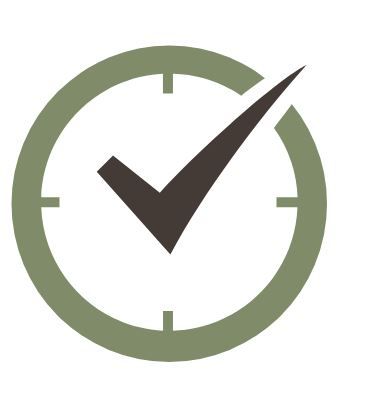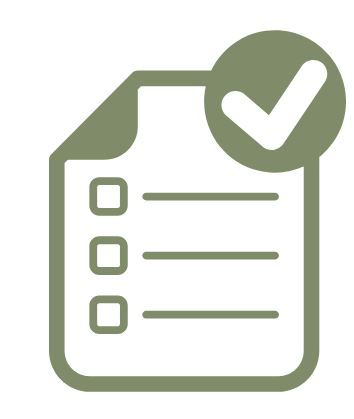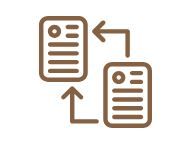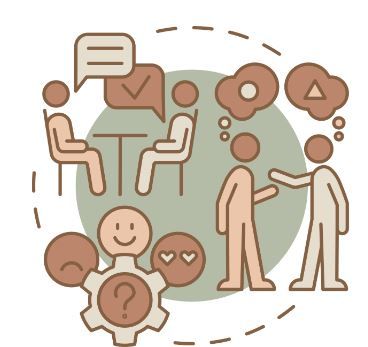
This logo isn't an ad or affiliate link. It's an organization that shares in our mission, and empowered the authors to share their insights in Byte form.
Rumie vets Bytes for compliance with our
Standards.
The organization is responsible for the completeness and reliability of the content.
Learn more
about how Rumie works with partners.
 Graphic Source: Canva
Graphic Source: Canva
I don't know about you, but I have sat in countless meetings where only one or two people did most of the talking, meeting times ran over, and when they finally did end no key decisions were made.
I've learned that moderating a meeting is all about keeping track of:
Time
Content
People
Decisions
Moderate a meeting with confidence and get things done!
Did you know?
Selecting useful phrases ahead of time can help you moderate a meeting with confidence!
Moderating Time In A Meeting
 Graphic Source: Canva
Graphic Source: Canva
When moderating time in a meeting, consider these 3 things:
Start the meeting on time to help build trust with the attendees. Start on time even if everyone hasn't arrived yet. You could say: "Thank you all for coming. We'll get started now and others may still be trickling in."

Track your time by recruiting a timekeeper, preparing a meeting agenda with time points, and saying, “We're getting off topic. Can we return to…?”
End the meeting on time to show you're keeping your word and respecting the attendees' other commitments. End on time even if you didn’t get through everything you wanted to. You might say: “We'll have to finish here. Our next meeting will be…”
Quiz
You're planning a meeting for a new team project. What items should appear on your timed agenda? Select all that apply:
All of these items give participants an overview of the meeting.
Did you know?
As the meeting moderator, it's helpful to keep everyone focused and to steer the meeting forward.
Moderating Content In A Meeting
 Graphic Source: Canva
Graphic Source: Canva
When moderating content in a meeting, remember to follow the agenda. When the meeting starts to go off the rails, call attention to it. Say something like...
"I'd like to return to point number two on the agenda."
"In the interest of ending on time, let's pick up with..."
"It's time to wrap up now."
Moderating People In A Meeting
 Graphic Source: Canva
Graphic Source: Canva
Dominant: This extroverted type will usually speak first and most often and for the longest period of time in a meeting. They're assertive, driven, and strong.
Expressive: This extroverted type speaks before they think and is fun-loving and animated.
Analytical: This introverted type takes a methodical, logical, and measured approach when sharing in a meeting.
Amiable: This introverted type avoids conflict and has a "goes along to get along" energy.
Managing Personalities Made Simple
Graphic Source: Canva
Dominant & Expressive
They'll do most of the talking and may not leave space for others. They require your patience and boundaries as they express themselves.
Try saying, "Thank you for your input. I would also like to hear from..."
Analytical and Amiable
They're more reserved by nature. One option to help draw them out and not put them on the spot is to use technology and poll the meeting.
Quiz
You asked an expressive type on your team to conduct a poll for an online meeting, but they'd prefer not to because they're not tech-savvy. What are some alternate tasks you could offer them?
Matching up people with a role means being mindful of their strengths and giving them options for roles they can serve. Moderating small group discussions would work best for an expressive type, as notetaking and timekeeping would likely not be enjoyable for them, while facilitating the whole meeting is your job.
Moderating Decisions In A Meeting
 Graphic Source: Canva
Graphic Source: Canva
Not all meetings need a decision to be made!
Some meetings can be for:
Sharing information
Brainstorming new ideas
Asking for feedback
 When sharing information, consider saying:
When sharing information, consider saying:
I wanted to give project updates.
When brainstorming new ideas, consider saying:
There are no bad ideas. We would like to jot down everything that comes to mind.
 When asking for feedback, consider saying:
When asking for feedback, consider saying:
Today we are working towards making a decision on _______. Because this decision affects everyone, I would like to hear from as many people as possible.

When decisions do need to be made, it's helpful to include that in the agenda under the heading "Purpose of the Meeting".
For example:
Purpose of the Meeting
To decide what types of training would add the most value to our team.

Hot tip! It's a good idea to send out relevant information ahead of the meeting (like a list of potential training options for the above example) so that participants can come prepared to make decisions.
Take Action
The next time you're in a meeting, keep a notepad handy. Jot down how the meeting moderator runs the meeting from open to close. You'll learn a lot and be able to pick up more helpful hints.
Want to learn more? Check out these similar Bytes:

This Byte has been authored by
Marlo Holloway
Education Manager
Instructional Design
